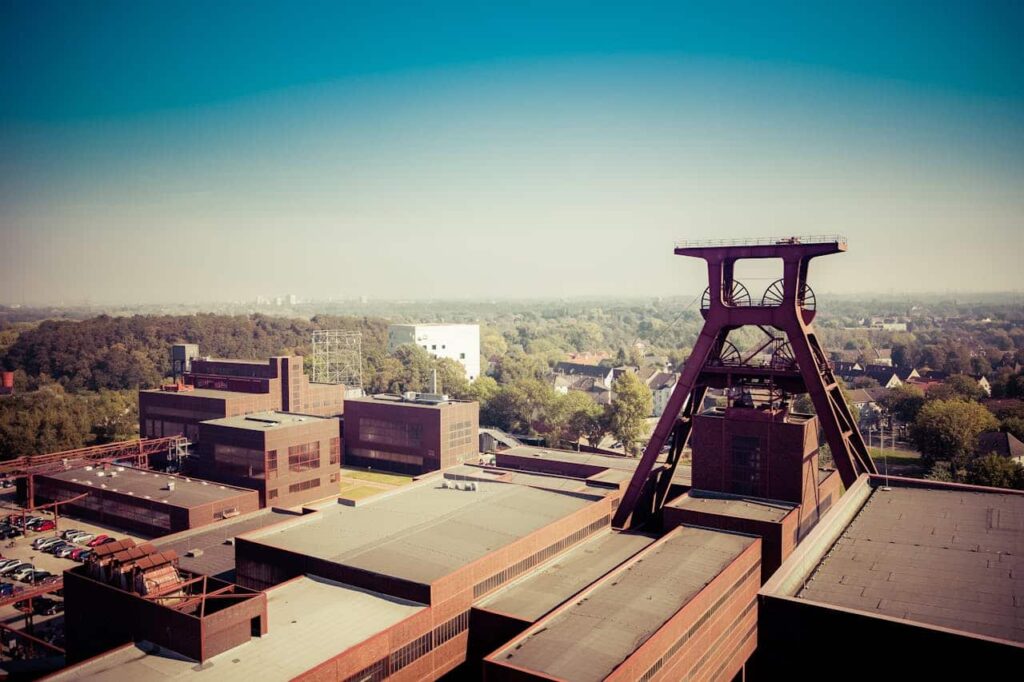
Mining has traditionally been associated with environmental damage and unsustainable practices. However, a new generation of leaders in the mining industry is changing that narrative. These leaders are committed to finding innovative solutions that reduce the negative impact of mining on the environment while still meeting the global demand for resources. Through sustainable practices, they are leading the way towards a greener future.
One of the key areas where innovative leadership is making a difference is in the use of technology to improve mining processes. New technologies, such as automation, drones, and artificial intelligence, are helping companies mine more efficiently and safely. For example, companies are now using automated trucks and excavators to minimize human error and reduce fuel consumption. By improving the efficiency of mining operations, these technologies help reduce emissions and lower the environmental footprint of mining activities.
Additionally, sustainable mining leaders are working on new ways to manage waste and reduce water usage. Mining operations often require large amounts of water, and waste products can contaminate surrounding ecosystems. Leaders are investing in technologies that recycle water and treat waste materials. Some companies are even developing ways to extract valuable minerals from waste, turning what was once discarded into a resource. This approach reduces the need for new mining projects and helps minimize the environmental impact of existing operations.
In the field of renewable energy, many mining companies are investing in solar, wind, and hydroelectric power to reduce their reliance on fossil fuels. This shift towards renewable energy not only helps reduce carbon emissions but also ensures that mining operations are more sustainable in the long run. Anglo American is one such company leading the way with its commitment to decarbonizing its operations by using cleaner energy sources.
Moreover, the focus on sustainable mining has also led to greater attention on the social and economic impacts of mining on local communities. Innovative leaders are working to ensure that mining activities benefit the surrounding areas, not just the companies. This includes creating jobs, providing education and training, and ensuring that communities have access to healthcare and other essential services. By investing in the well-being of local communities, mining companies are fostering positive relationships and helping to improve the quality of life for people in mining regions.
A major trend in sustainable mining leadership is the concept of “circular mining.” This idea focuses on reducing waste by reusing materials and recycling resources within the mining process. Instead of extracting new materials, circular mining aims to make use of existing resources, minimizing the need for further mining. Rio Tinto is working on projects to recycle materials like aluminum, copper, and lithium to help reduce the demand for raw materials.
In conclusion, innovative leadership in mining is driving positive change through the adoption of sustainable practices. With a focus on technology, renewable energy, waste management, and community development, leaders in the mining industry are proving that it is possible to balance the demand for resources with environmental and social responsibility. As these sustainable practices become more widespread, the mining industry will continue to evolve, creating a greener and more sustainable future.